Reading Labels For Clean Eating
A lot of people ask me about reading labels for clean eating. And the truth is, it’s a difficult topic to cover simply because there are soooooo many ingredients out there. It would be virtually impossibly for me to make a list of them all. So until now, I’ve avoided the subject.
But I’m not one to ignore questions, and I don’t like to leave people hanging. So I thought I would share the principle I used when learning to read labels for clean eating.
READING LABELS FOR CLEAN EATING:
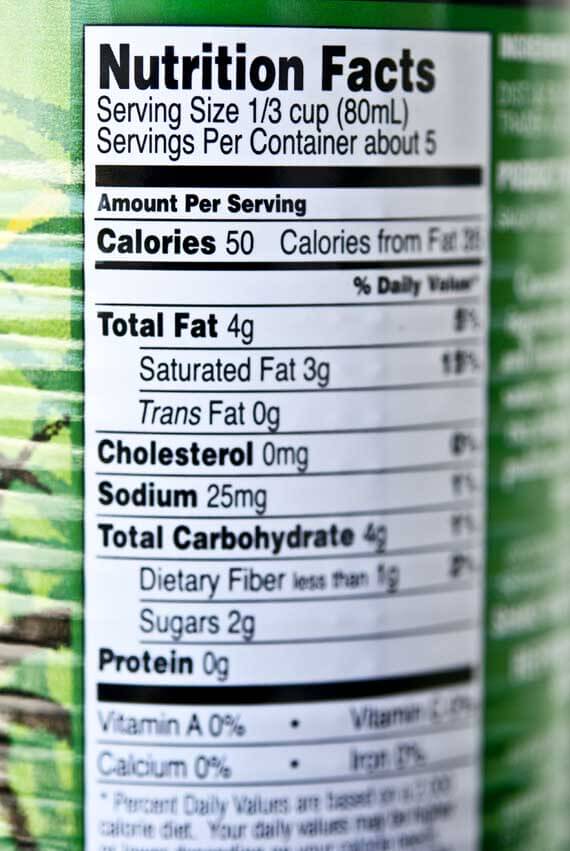
NUMBER OF INGREDIENTS:
Many people believe that it’s the number of ingredients that matter. There is a theory out there than anything with more than 5 or 6 ingredients means the product is not clean. While I understand the thinking behind this, nothing could be further from the truth.
Most of my recipes have more than 5 or 6 ingredients and they are all considered clean in varying degrees (depending on your food philosophy).
You could have a food product with 30 ingredients, but if those ingredients are all clean and the item is not processed, it’s totally fine. Grant it, I don’t think you would ever find such an item, but go with me here…
READING LABELS:
This is how I did it in the beginning (and still do to some degree).
When looking at an ingredient list, consider each ingredient individually. Is it something you would buy separately to cook with in your own kitchen?
For example, let’s start with an random jar of spaghetti sauce. If the ingredients are, “tomatoes, garlic, olive oil and basil”, then you know it’s clean because you would buy JUST tomatoes to cook with. You would also buy JUST garlic to cook with. Same for olive oil and basil.
But if the ingredient list says, “tomatoes, garlic, olive oil, basil and maltodextrin”, you would want to pass it by. You would never go to the store for some maltodextrin to cook with at home.
Of course, there are always exceptions to the rule, but generally speaking, this will keep you pretty much on track. Word of warning though, it can also cause a bit of frustration when you start looking at labels this way. You have to hunt for clean products. They aren’t easy to find.
But then, that is the focus of clean eating, is it not? You want to purchase less packaged products and replace them with whole food items, mostly from the produce section. Foods that do not require labels because the ingredient list, IS the item itself.
EXAMPLES OF CLEAN FOODS:
(no labels required, for the most part)
- Oranges
- Celery
- Lettuce
- Chicken
- Plain oats
- Salmon
- Millet
- Barley
- Almonds
- Walnuts
These are all examples of what clean foods are. Think of it this way. You want to purchase INGREDIENTS. Not prepared foods.
Yes, this takes a bit of forethought and planning. Clean eaters do cook a lot, and most of them love it. Just know that over time, the cooking and prep work do become routine. Once you’ve done it for a while, you do it efficiently, quickly and really without any stress. It just becomes a part of the lifestyle.
A WORD ABOUT THE GRAMS AND PERCENTAGES:
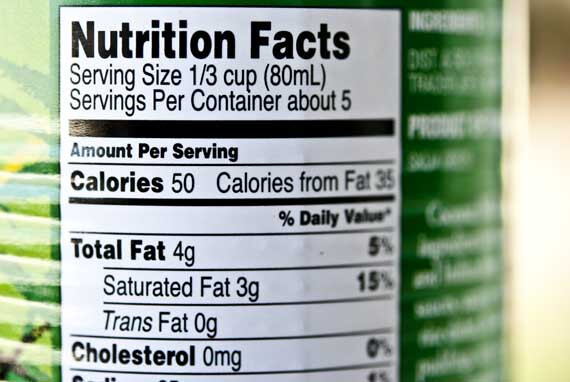
Many people also ask me about the percentages you find on a food label (pictured above). These are the ones that tell you that a product has 54 grams of carbs, 50% of your vitamin C requirements for the day, or 30 grams of protein per serving.
This part of the label can be vital for many people, especially those with blood sugar issues and other medical problems. However, this part of the label will tell you NOTHING about whether an item is clean or not. So if clean eating is your goal, check the INGREDIENT LIST. Not the percentages. Those are used for other things.
I’ll use this can of coconut milk as an example. This is what you want to look at to determine if a product is clean (we’ll set aside the BPA issue right now for the purpose of the example):
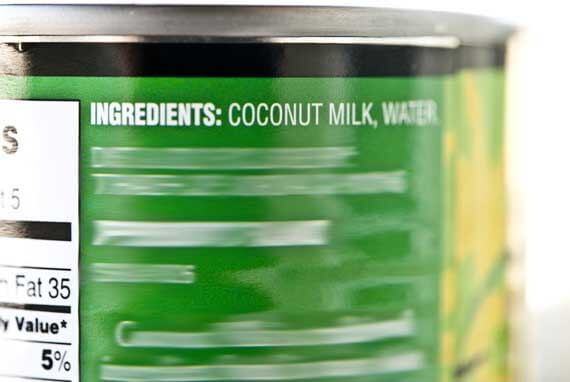
You see in this example that the only thing in the ingredient list is coconut milk and water. Both are clean items, so this item is considered clean. (Again, BPA issues aside).
The percentages, are all together different. They tell you things like how many calories there are and how much vitamin A you are getting. While this is important information, it will not tell you if the item qualifies as clean.
So that, in a nutshell, is how I started. Once I had that down, I started educating myself on individual ingredients and what they are. I don’t know everything and I still scratch my head on a few items. But it really comes down to research and being willing to learn something new. You absolutely must educate yourself in order to eat clean. Will it happen overnight? No. Will you make mistakes? Plenty of them. But that’s all part of the learning curve. Just keep going. It will all become second nature after a while. I promise.
NEED SOME COACHING TO GET STARTED OR BACK ON TRACK?
These self-paced 8 lessons will guide you through getting started with clean eating. Enjoy access to 8 content pages with audio and downloads. Get more info here.
Article is an original work and is © Tiffany McCauley. It may not be reproduced for any reason without written permission by the author.
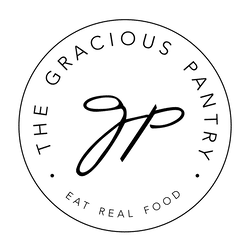
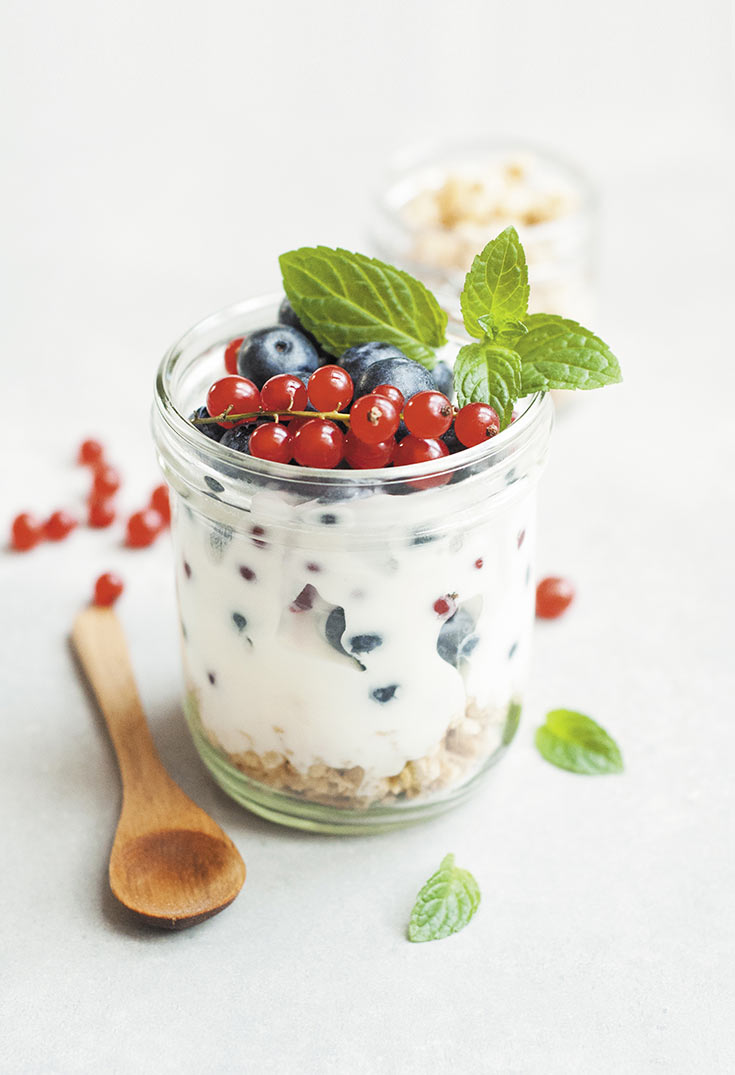
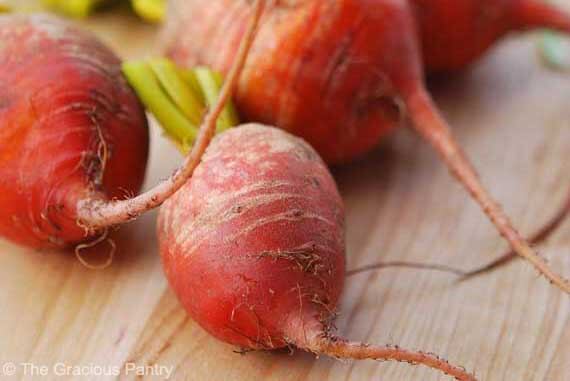
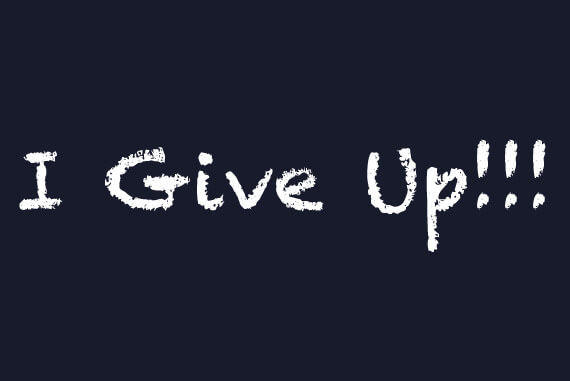
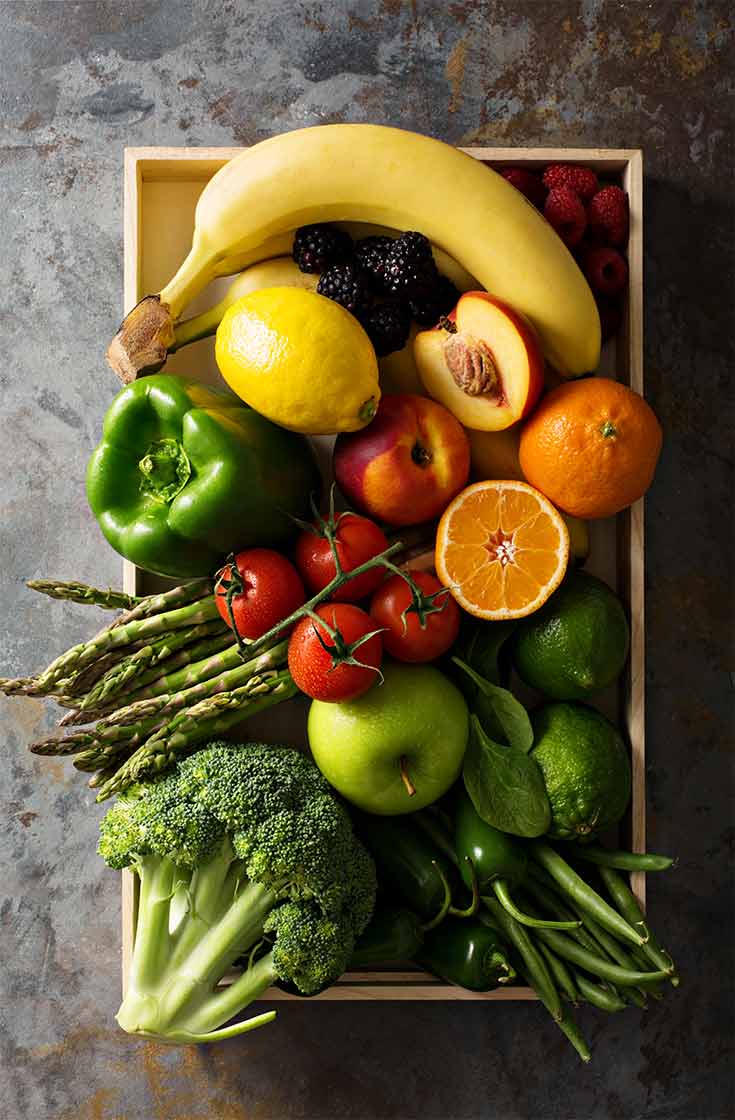
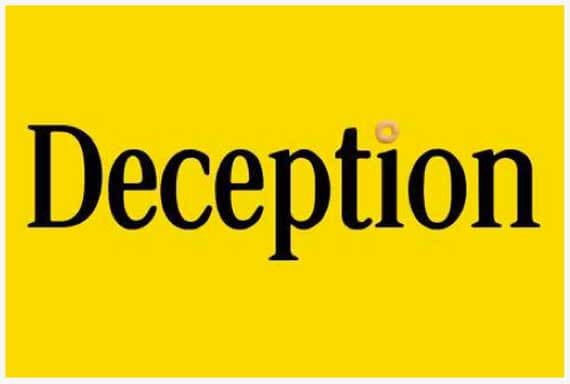
Great article. I read labels with a wary eye these days. Even well known ingredients like citric acid are no longer made the way they used to be. I always thought it was okay because it was made out of lemons, but I read here that these days it’s made from black mold, which is fed GMO corn: http://ethicalfoods.com/citric-acid/
Information like this has led to me to just eat simply and make most of my food from scratch.
Callum – Absolutely! That’s one of the main reasons I eat clean. To avoid mystery ingredients!
Just came across your site.
Fabulous info.
It can be extremely frustrating when first starting down the path of healthier living. It is a journey worth taking.
Karen – I think the frustration comes when you feel you have to get everything person on day one. I always try to let people know that that just is not realistic. This is a process, not a fad diet. 🙂
Thanks a lot for this, its really helped for me to buy food. I saw this website a months ago and starting to
follow and read all your tips and recipes. Please keep sharing more tips and info about clean eating.
Lots of love, from Malaysia. <3
Mar – I’m so glad it helped! 😀
I love your comment about buying ingredients! It easily and perfectly sums everything up! We are new to clean eating – just a couple of months in – and I’m not sure my family knows!
I’ll search your site, but what is your opinion on sweeteners? I know refined sugar is bad, but it seems like things with names like erythritol can’t be much better. All I want is some sweet tea!
Thank you for this blog. It’s wonderful. And I love that you’re a wanna-be Elvis. We all have our dreams!
Brenda – Haha!!! Gotta love Elvis!!
Clean sweeteners are Sucanat, coconut sugar, monk fruit or pure stevia. Also honey and maple syrup. Read ingredients on the stevia because sometimes they mix it with other stuff. I use xylitol (and stevia) because I have blood sugar issues that don’t allow me to use other sweeteners at this time. We all make our personal exceptions.
Hope that helps! 🙂